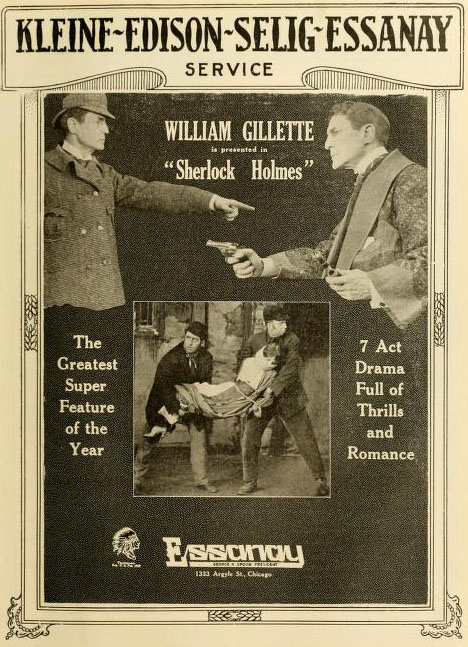 |
| Frances Farmer and Walter Brennan in Come and Get It |
Barney Glasgow: Edward Arnold
Lotta Morgan / Lotta Bostrom: Frances Farmer
Swan Bostrom: Walter Brennan
Richard Glasgow: Joel McCrea
Karie: Mady Christians
Emma Louise Glasgow: Mary Nash
Evvie Glasgow: Andrea Leeds
Tony Schwerke: Frank Shields
Josie: Cecil Cunningham
Director: Howard Hawks, William Wyler
Screenplay: Jane Murfin, Jules Furthman
Based on a novel by Edna Ferber
Cinematography: Rudolph Maté, Gregg Toland
Art direction: Richard Day
Film editing: Edward Curtiss
Music: Alfred Newman
William Wyler had just finished
Dodsworth (1936) when the producer to whom he was under contract, Samuel Goldwyn, called on him to finish
Come and Get It, which had been started under the direction of Howard Hawks. Goldwyn was unhappy with the way Hawks had treated Edna Ferber's novel
Come and Get It, so he fired him. Goldwyn, a man of little education, was impressed with writers of big reputations, and liked to think of his movies as prestige items. Ferber was a big bestselling author of the day, best-known for multigenerational historical novels with colorful settings like the Mississippi riverboats of
Show Boat and the Oklahoma land rush of
Cimarron. The former had become a celebrated musical that had been filmed twice, first as a part-talkie by Harry A. Pollard in 1929 and then
by James Whale in 1935, though it was not released until 1936.
Cimarron had been made into a best-picture Oscar winner by Wesley Ruggles in 1931, so Goldwyn had been eager to cash in on the novelist's celebrity. He hired Hawks as director because the raucous frontier section of Ferber's novel reminded him of the director's
Barbary Coast (1935), but when Goldwyn was sidelined by illness, Hawks jettisoned much of Jane Murfin's Ferber-approved screenplay and brought in one of his frequent collaborators, Jules Furthman, to rewrite and to build up the part of Walter Brennan's Swan Bostrom. Hawks shifted the focus away from Ferber's novel, much of which was about the exploitation of the land by timber interests, and built up the relationship between Bostrom and the protagonist, the ambitious lumberman Barney Glasgow. He also replaced Goldwyn's original choice for Lotta, Miriam Hopkins, with an actress he had discovered, Frances Farmer. Wyler was reluctant to take over from Hawks, and not only resisted Goldwyn's plan to give him sole billing as director but also insisted that Hawks receive top billing as co-director. In any case,
Come and Get It turned into a rather curious mess, not least because Hawks was a notoriously freewheeling director with an intensely personal style whereas Wyler was a consummate perfectionist who seldom let his personality show through his work. Although there's some Hawksian energy to the film, it feels like it has been held in check. Moreover, the central character, Barney Glasgow, has been miscast. Goldwyn wanted Spencer Tracy for the part, knowing that Tracy could play both the romantic lead and the driven businessman that the part called for. But when Tracy couldn't get out of his contract with MGM, Goldwyn settled for one of his own contract players, Edward Arnold, a rather squat, rotund character actor with none of Tracy's sex appeal. The best thing about the film is that it gives us a chance to see Farmer before her career was derailed by mental illness. She sharply delineates the two Lottas, mother and daughter, playing the former with a kind of masculine toughness and the latter with a defensive sweetness. As the mother, she growls out the song "Aura Lee" in a Marlene Dietrich baritone, but later as the daughter she sings it in a light soprano. She also sometimes looks strikingly like the actress who played her in the biopic
Frances (Graeme Clifford, 1982), Jessica Lange. The other impressive moments in the film are provided by the logging sequences directed by Richard Rosson and filmed by Rudolph Maté. Brennan won the first of his three Oscars for his "yumpin' Yiminy" Swedish-accented character.















